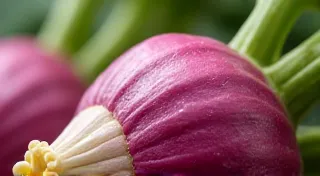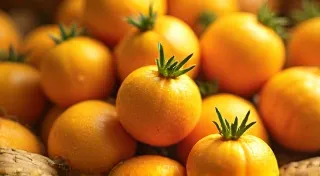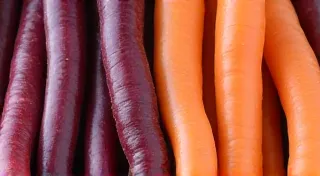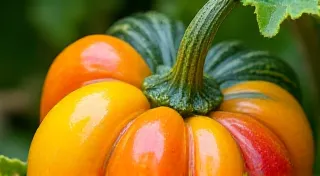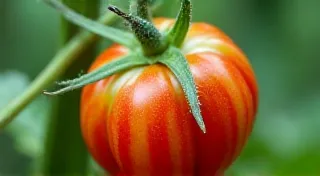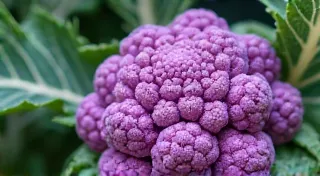Kohlrabi: A Colorful and Unexpected Vegetable
Beyond the usual suspects of tomatoes and lettuce, lies a world of unusual and colorful vegetables just waiting to brighten your garden and your plate. Among these hidden gems, kohlrabi stands out – a truly unique vegetable that's surprisingly easy to grow. While it might look a bit strange at first glance, kohlrabi offers a mild, sweet flavor and adds a splash of vibrant color to your garden. Exploring these less common vegetables can be a wonderfully rewarding experience, and adding varieties like kohlrabi is a great starting point. Some gardeners prefer to introduce a range of colors and textures to their gardens; for a truly stunning visual display, consider consulting a heirloom vegetable color guide to help you plan your garden's aesthetic.
What is Kohlrabi?
Kohlrabi, also known as the "cabbage turnip" or "German turnip," is a member of the Brassica family, closely related to cabbage, broccoli, and cauliflower. However, instead of forming a leafy head, kohlrabi develops a swollen stem, resembling a small, round cabbage. The most common varieties are white or pale green, but you can also find purple and even pink kohlrabi, making it a fantastic addition to a visually appealing garden design. It's a plant that thrives on a little experimentation, similar to trying different types of beans like Dragon Tongue beans for a unique garden variety.
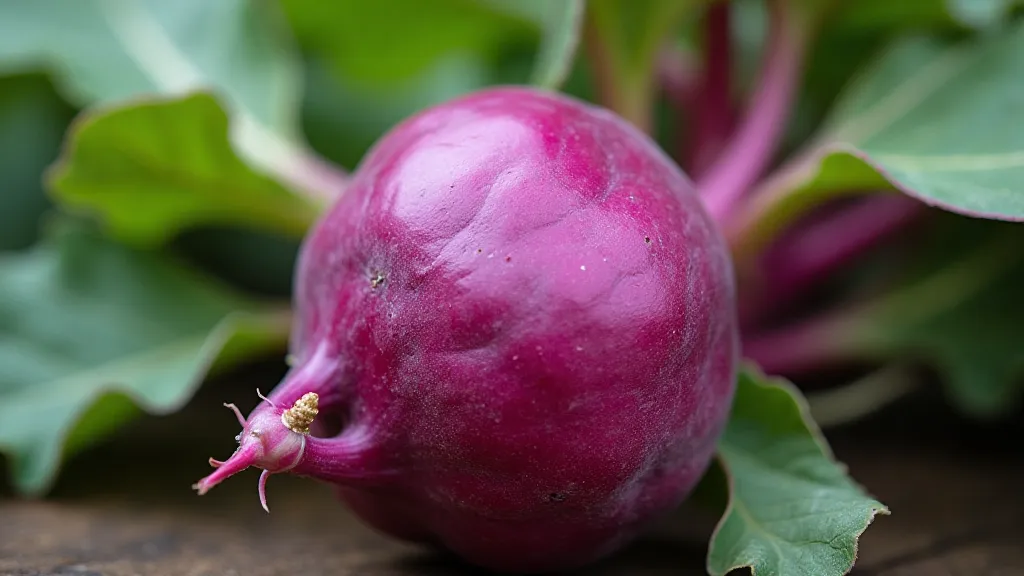
Planting Kohlrabi: Getting Started
Kohlrabi thrives in cool weather and is typically planted in early spring or late summer for a fall harvest. Here’s a quick guide:
- Location: Choose a location that receives at least 6 hours of sunlight per day.
- Soil: Kohlrabi prefers well-drained, fertile soil with a pH between 6.0 and 7.0. Amending the soil with compost before planting will help ensure healthy growth. Consider incorporating other vibrant crops; experimenting with varieties like amaranth can add both color and nutrition to your garden.
- Sowing Seeds: Direct sow seeds about ½ inch deep and 6-8 inches apart. Thin seedlings to 8-10 inches once they have a few true leaves.
- Watering: Keep the soil consistently moist, especially during hot weather.
- Fertilizing: A balanced fertilizer applied a few weeks after seedlings emerge can help promote vigorous growth.
Caring for Your Kohlrabi
Kohlrabi is relatively low-maintenance, but there are a few key things to keep in mind:
- Pest Control: Keep an eye out for cabbage worms and aphids. Row covers can protect young plants from pests.
- Bolting: High temperatures can cause kohlrabi to bolt (flower). Planting in the right season and providing shade can help prevent bolting. Understanding the factors influencing plant development is important for all crops, just as it is when cultivating unique varieties like blue potatoes.
- Consistent Moisture: Irregular watering can lead to cracked bulbs, so aim for even moisture.

Harvesting and Culinary Uses
Kohlrabi is typically ready to harvest 55-75 days after planting. The bulbs should be firm and about the size of a tennis ball. Overripe kohlrabi can become woody and lose its flavor. The versatility of kohlrabi in the kitchen is part of what makes it so appealing. It blends seamlessly into a range of dishes, much like the surprising adaptability of other unique vegetables.
Don’t be intimidated by its unusual appearance! Kohlrabi is incredibly versatile in the kitchen.
- Raw: Thinly sliced kohlrabi can be added to salads for a crunchy texture and mild flavor. The crispness complements other salad ingredients beautifully.
- Roasted: Roasted kohlrabi becomes tender and slightly sweet. Roasting brings out a depth of flavor you might not expect.
- Sautéed: Sautéed kohlrabi is a delicious side dish. A little garlic and herbs elevate the flavor even further.
- Pickled: Pickled kohlrabi is a tangy and refreshing treat. The pickling process enhances its natural sweetness.
- Soups & Stews: Kohlrabi adds a unique flavor and texture to soups and stews. It holds its shape well during cooking.
- Mashed: Kohlrabi can also be mashed as a healthier alternative to mashed potatoes, offering a subtly sweet and earthy flavor.
- Juiced: Its mild flavor makes it a great addition to vegetable juice blends, adding a refreshing and slightly sweet note.
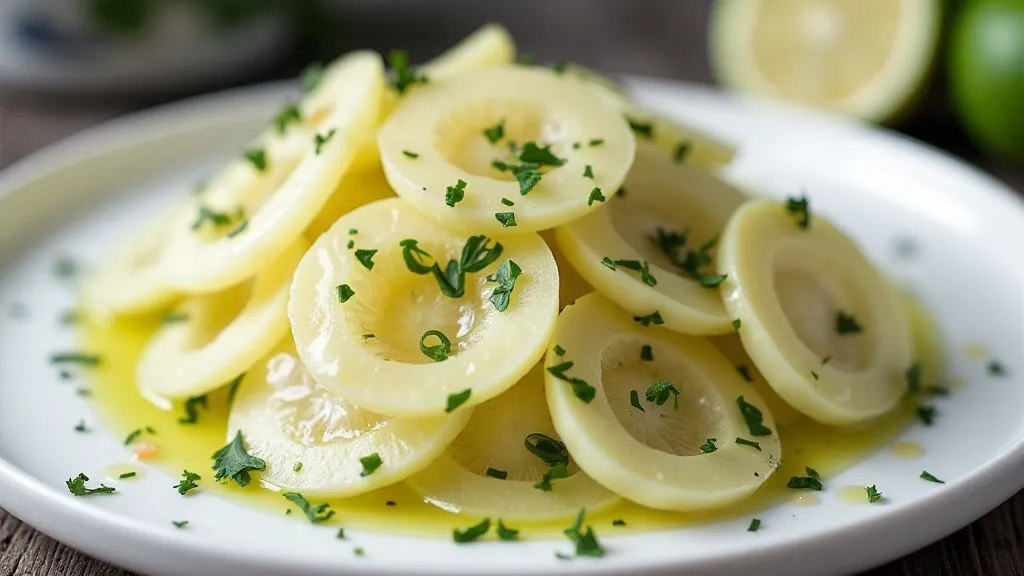
Beyond the Basics: Kohlrabi Varieties and Growing Tips
While the classic kohlrabi is recognizable, there’s a surprising variety available, each offering unique characteristics. 'Purple Vienna' is a popular choice for its vibrant color and slightly spicy flavor. 'White Vienna' is the most common variety, known for its mildness. 'Chinese White' is prized for its large size and smooth texture. Experimenting with these varieties is a fun way to expand your gardening repertoire.
To maximize your kohlrabi harvest, consider these additional tips:
- Succession Planting: Sow seeds every few weeks for a continuous supply of kohlrabi throughout the season.
Bringing Color and Uniqueness to Your Garden
Kohlrabi is more than just a tasty vegetable; it’s a beautiful addition to any garden. Its unique appearance and vibrant colors can add visual interest and charm. Adding kohlrabi to your garden is an easy way to explore the world of unusual vegetables and enjoy a delicious, homegrown treat. Give it a try – you won't be disappointed! Embracing unusual vegetables is a fantastic way to create a visually stunning and flavorful garden, and kohlrabi is a perfect starting point for any adventurous gardener looking to expand their horizons.
